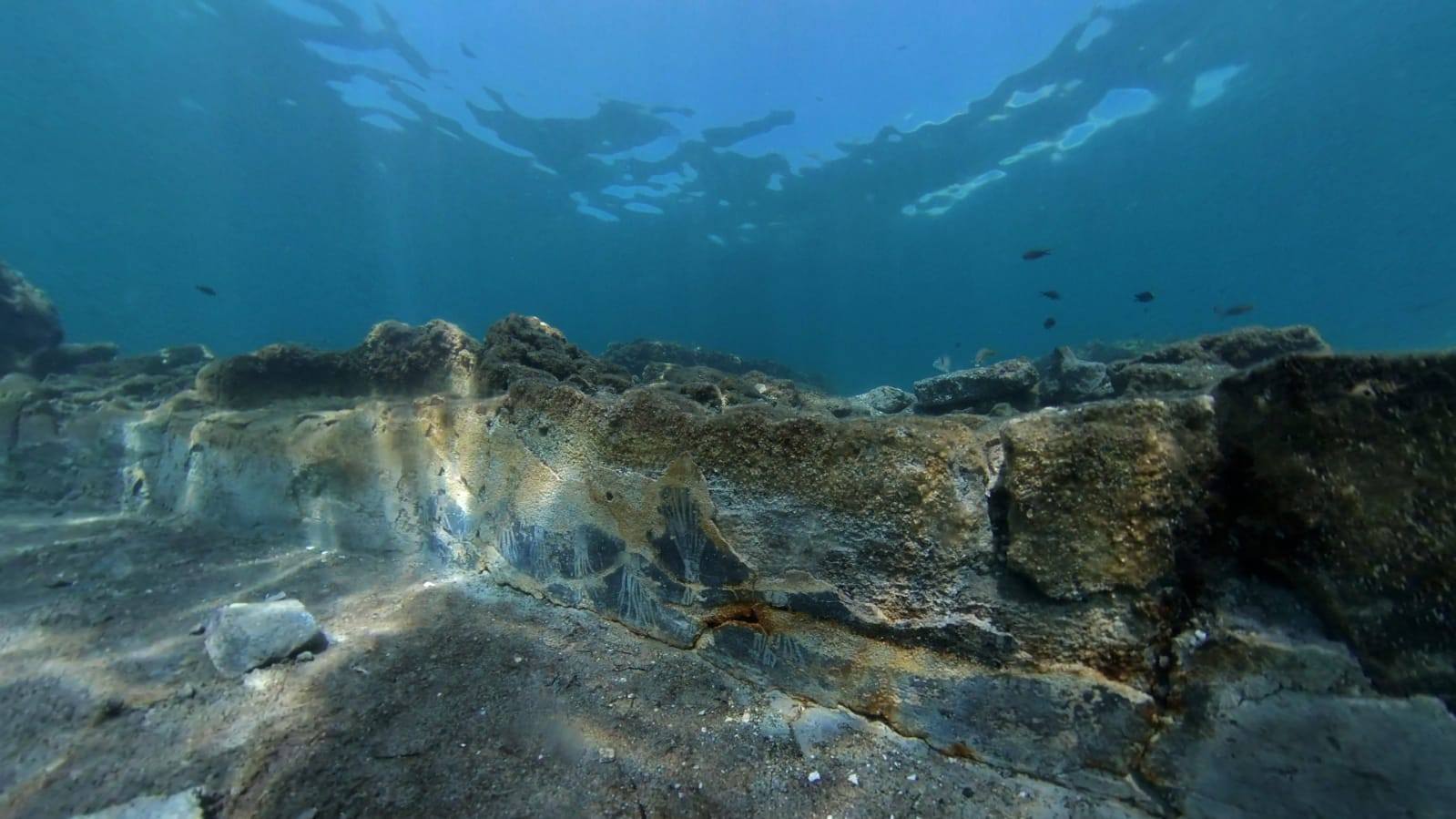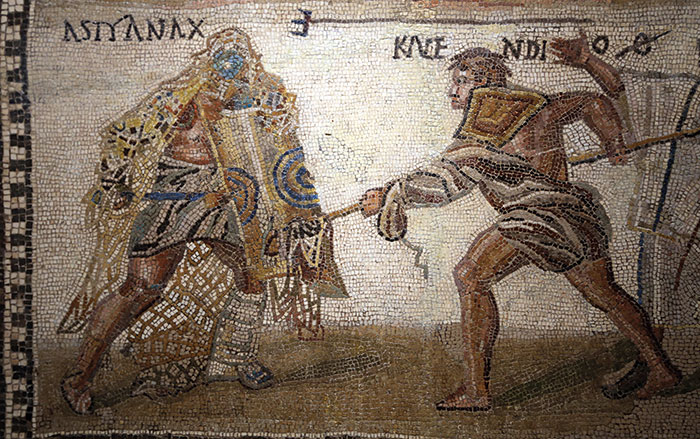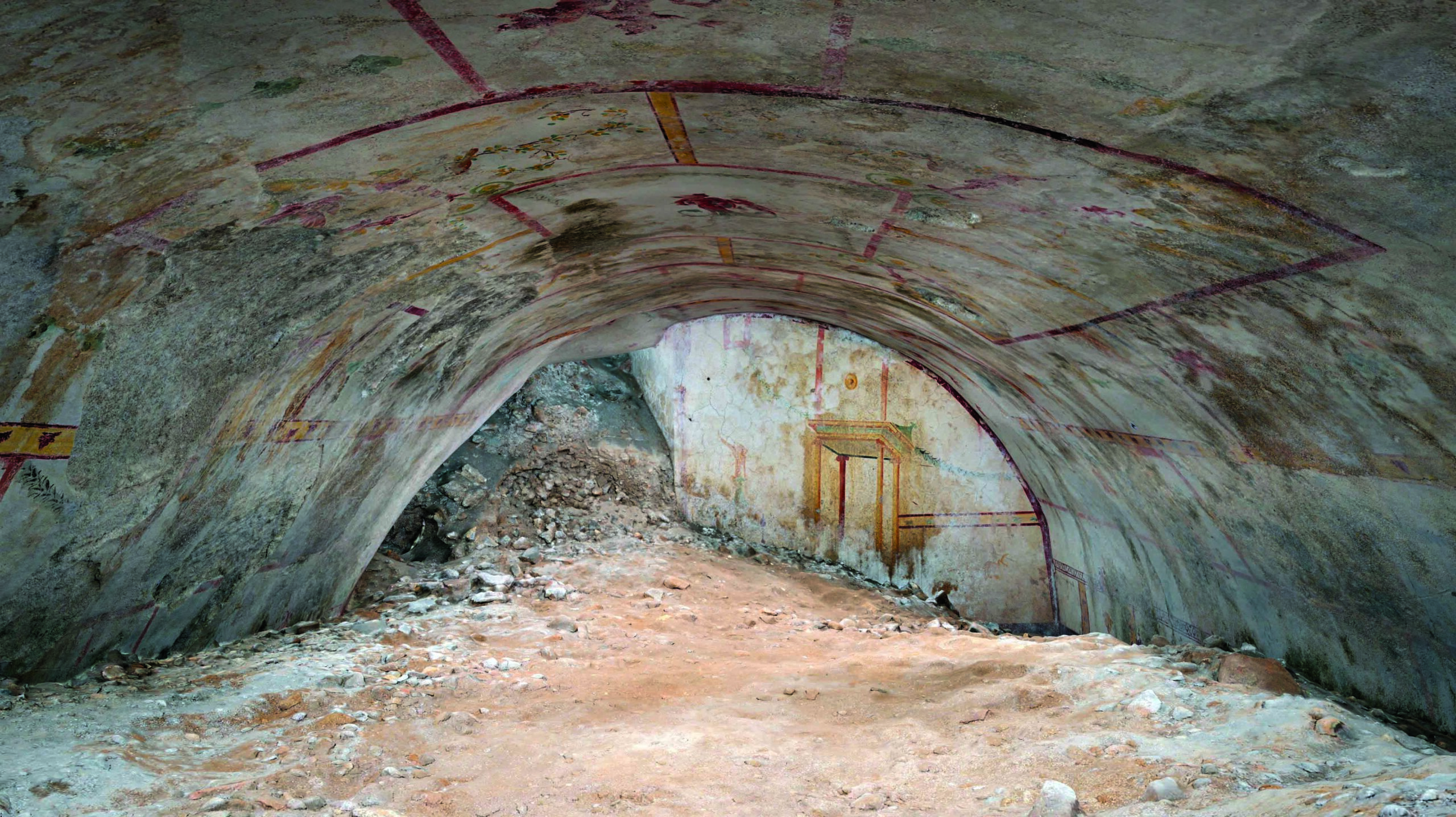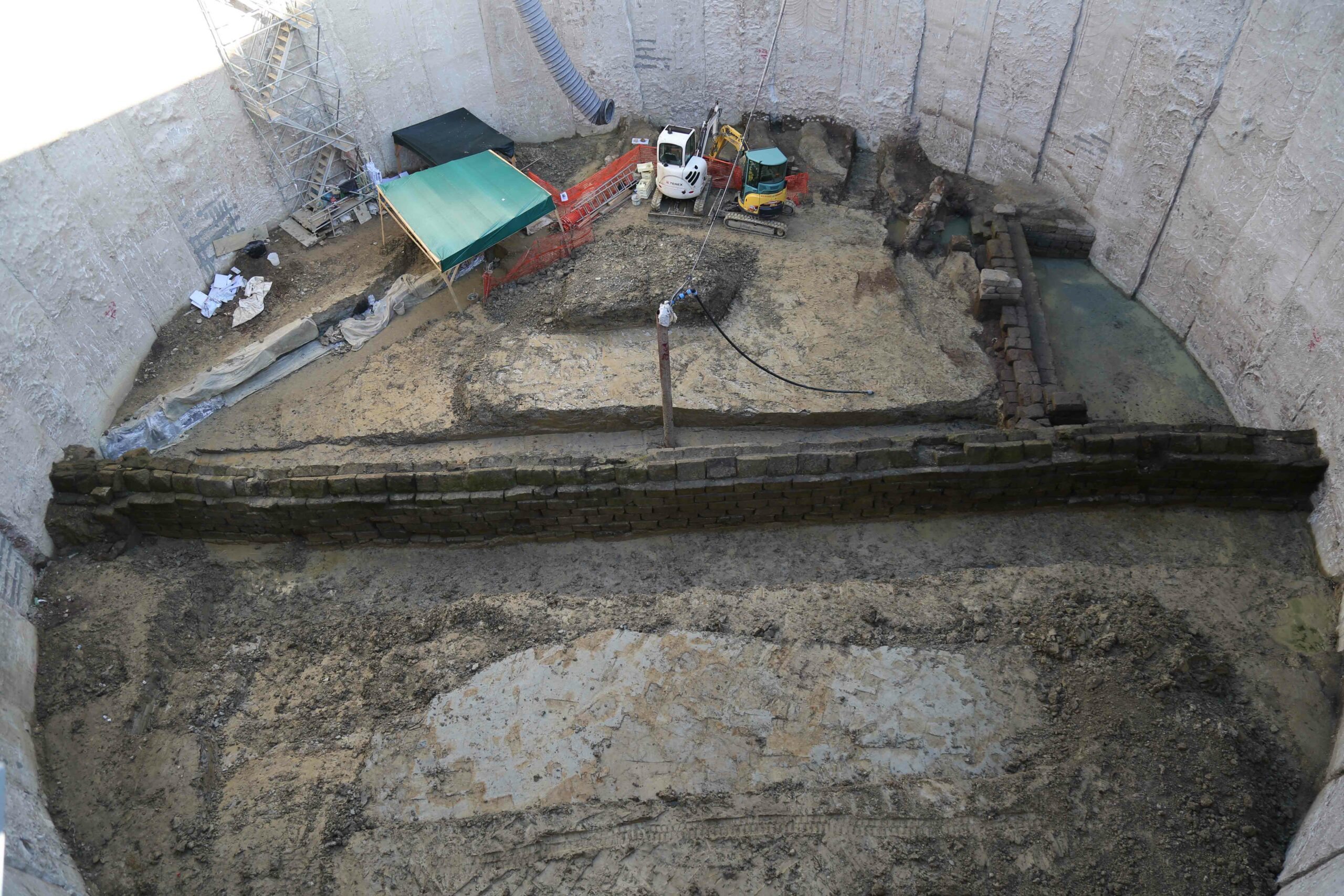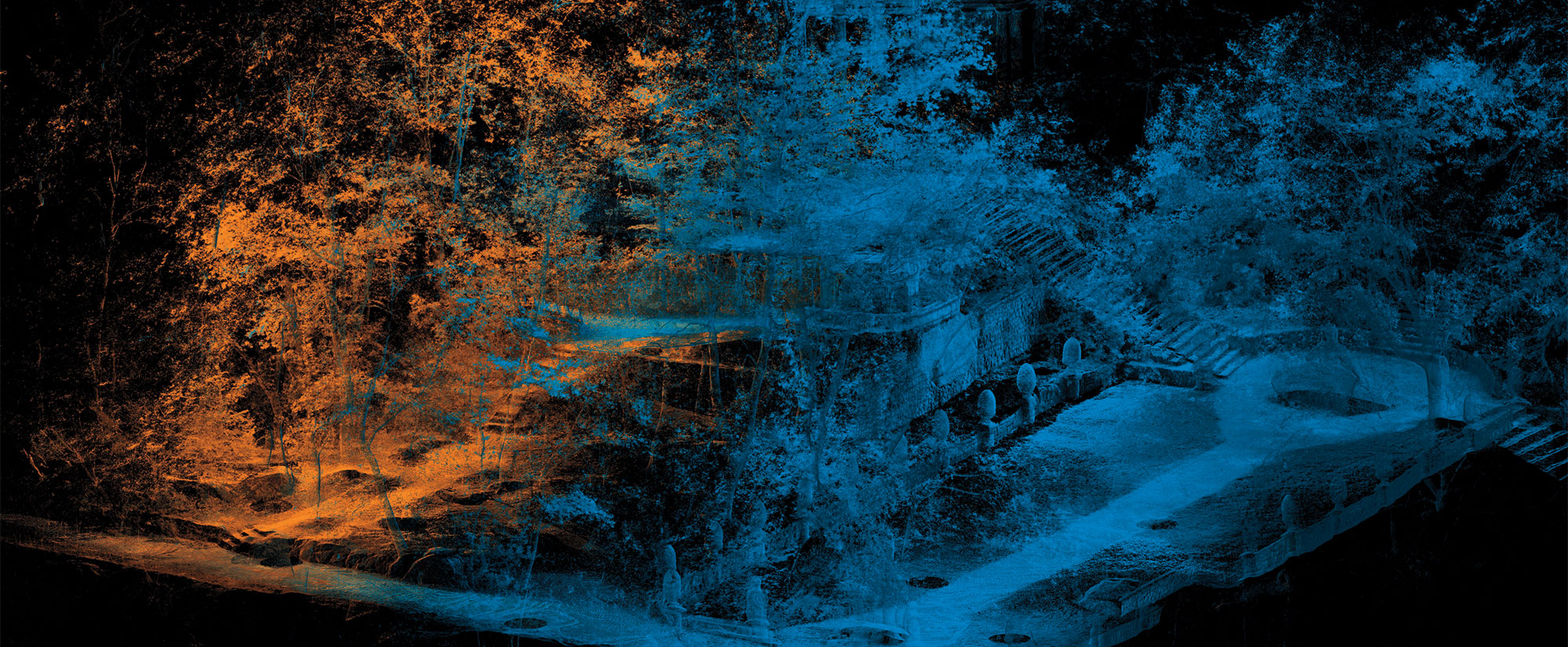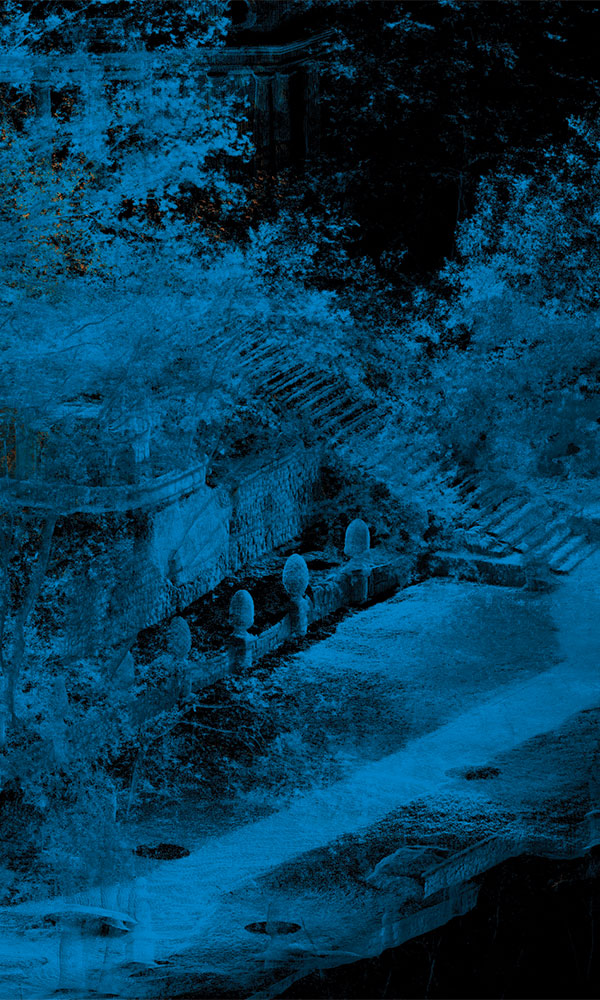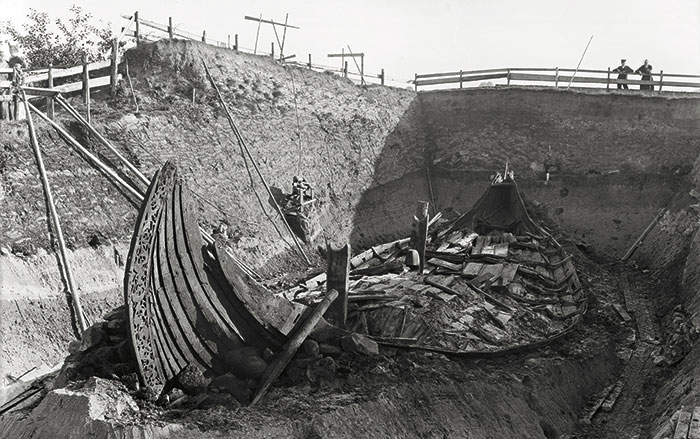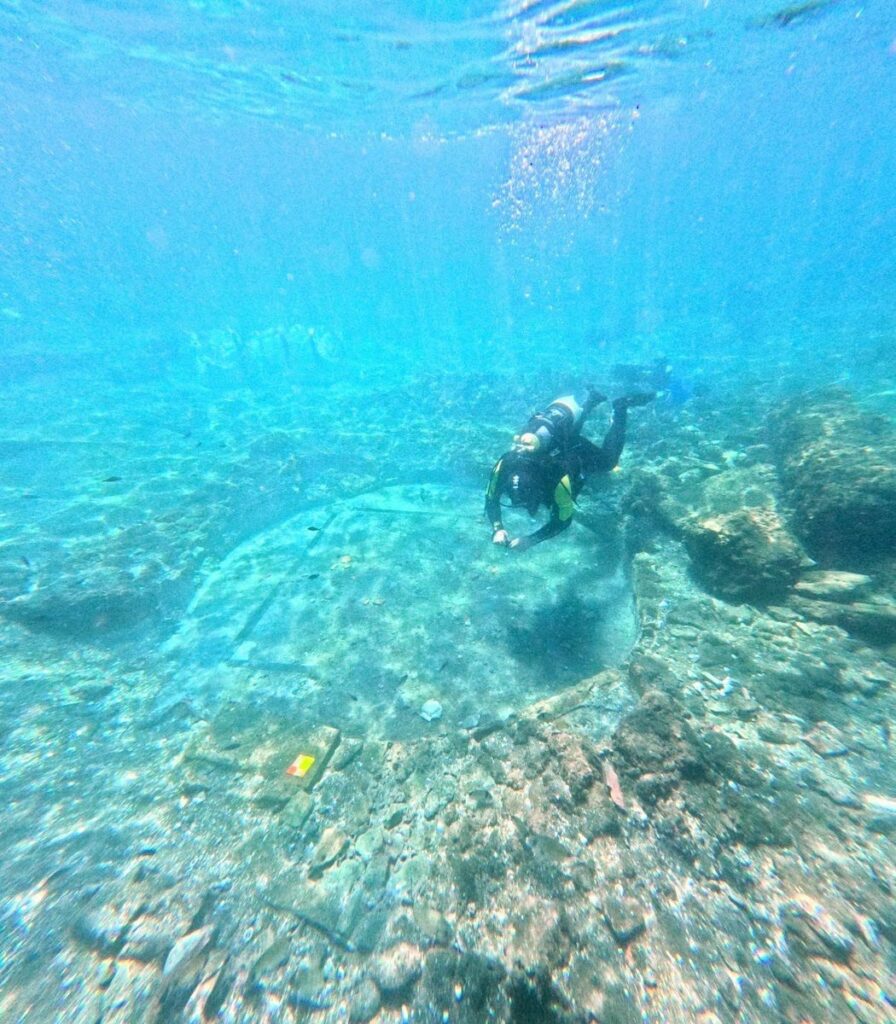
BAIAE, ITALY—For centuries, the waterfront resort of Baiae on the Bay of Naples was the stomping ground of Rome’s rich and famous. Located around 150 miles south of the capital, many of Rome’s wealthiest citizens, including several emperors, built villas there to escape the scorching city heat and take in the area’s sulfurous waters. However, most of the site today lies submerged beneath the sea and is preserved as a spectacular underwater archaeological park, as seismic and volcanic activity has caused the coastline to sink as much as 30 feet. Recently, according to a report by Finestre sull’Arte, a team of archaeological divers located a luxurious bath complex about 10 feet beneath the surface, in an area known as the Portus Iulius. They recorded ornate mosaics, traces of wall paintings, and a room that would have once functioned as a sauna (laconicum). Experts believe that the ruins are located in an area where the celebrated Roman politician and orator Cicero once owned a villa and think that the bath complex may have been part of his sprawling Baiae estate. To see more photos of Baiae's submerged ruins, go to "Slideshow: Italy's Underwater Sculpture Garden."


